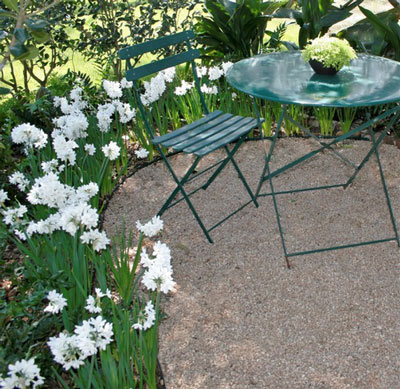Winter whites
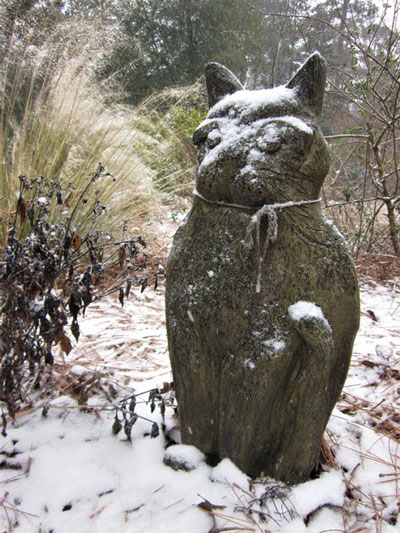
There’s the snow that blankets landscapes, the frost that outlines foliage and winter berries, and the ice that forms in birdbaths. It’s winter, and the season routinely expresses itself in white.
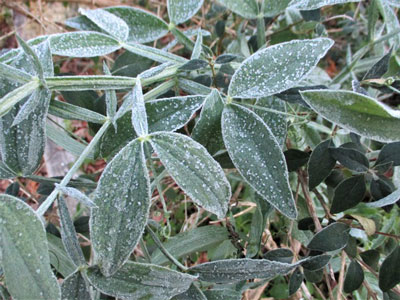
But nature doesn’t stop with snowflakes, shimmering frost, and glistening ice. To the delight of gardeners, nature punctuates the season with flowers and foliage as white as the snow itself.

Glance outside. White-flowering pansies edge walkways like drifts of snow. The velvety blooms beautify beds awaiting the emergence of spring bulbs. Pansies thrive in pots, planters, and window boxes. Scale down the display with the miniature pansy-like flowers of violas and Johnny jump-ups. The latter are especially suited to spill their clouds of tiny blooms from containers and planter boxes. For a memorable display, plant young transplants of Johnny jump-ups in strawberry jars. It won’t take long before each planting pocket will become a billowing bouquet.
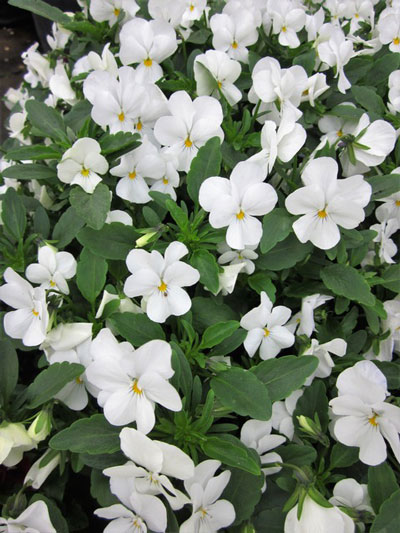
But flowers aren’t the only winter whites. Foliage, too, brightens dreary landscapes with snowy hues. Despite a palette of floral-like leaves in colors ranging from pink to red, it’s the green and white varieties of flowering cabbage and flowering kale that most closely resemble frilly bowls of snow. Interchange these cold-loving annuals with each other in beds and containers. For the frilliest display select flowering kale. Its foliage tends to be more finely cut than the waxy, ruffled leaves of flowering cabbage. Plants bolt in mid-spring.

Like snowflakes, dusty miller decorates winter gardens with its lacy, silver-white foliage. Let this old-fashioned hardy annual mingle in beds with flowering cabbage and flowering kale, or shear the stems to keep it in bounds in containers.

Shrubs, too, contribute to winter’s wonderland. ‘Polar Ice’, ‘Snow Flurry’… the names themselves of these white-blooming camellias suggest the frosty chill of winter. Long a woodland favorite of East Texas gardeners, Camellia japonica typically showcases double blooms against glossy, dark green foliage. Given well-drained, organically-rich soil, most varieties grow to form 6-12 foot tall shrubs. Japonicas bloom from mid-winter until spring.
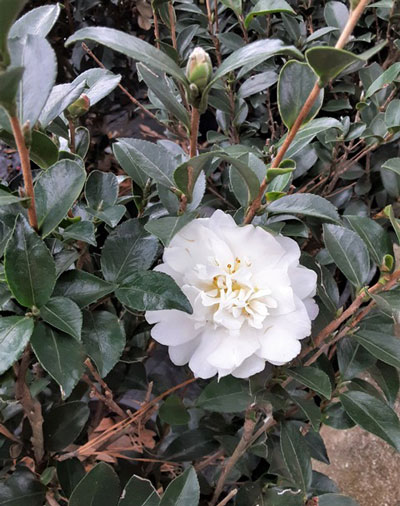
Bulbs share the winter spotlight, as well. The only thing more intoxicating than paperwhites’ unmistakable fragrance is the purity of color of their snow-white blooms. For folks who garden in Texas’ mildest regions, including the Gulf Coast, these old-fashioned, frosty-white members of the Narcissus family bloom in early winter. They multiply vigorously, eventually forming large clumps. Tip: the blue-green leaves supply energy for the following year’s blooms. Don’t cut the foliage until it dries and turns yellow.
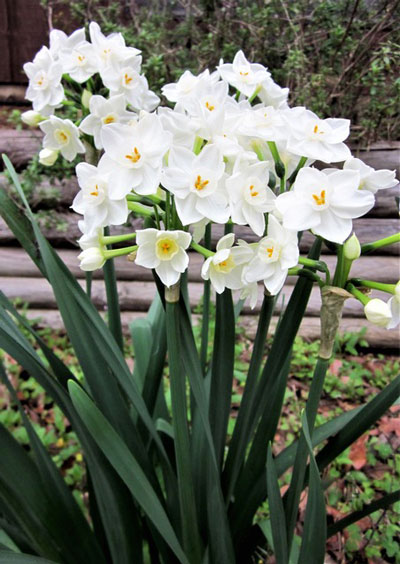

Compared to attention-grabbing paperwhites, dainty snowflakes (Leucojum) are garden wallflowers: that is, they are somewhat shy, but no less lovable. Plant these petite beauties along sidewalks, beside paths, or anywhere you can appreciate their delicate beauty close-up. Although commonly called snowflakes, “snowbells” better describes the dainty white flowers that dangle like bells from the arching stems. The plants reach 18 inches high. Grow them in masses for the showiest effect.
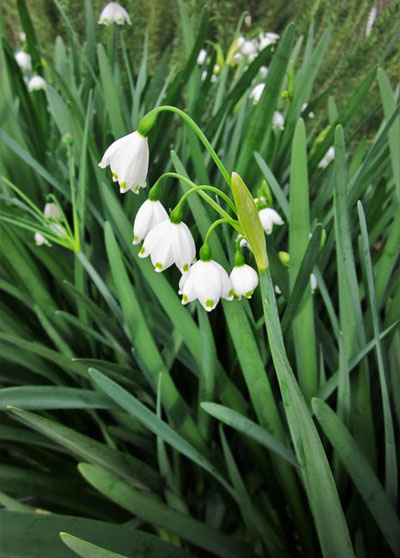
Eventually, as spring arrives, shades of green and cheerful pastels will overtake the landscape. But for now, it’s winter with all its radiant white.
